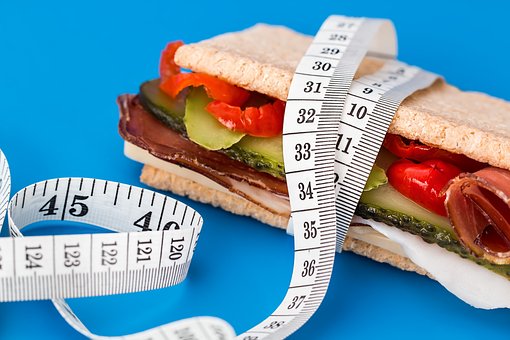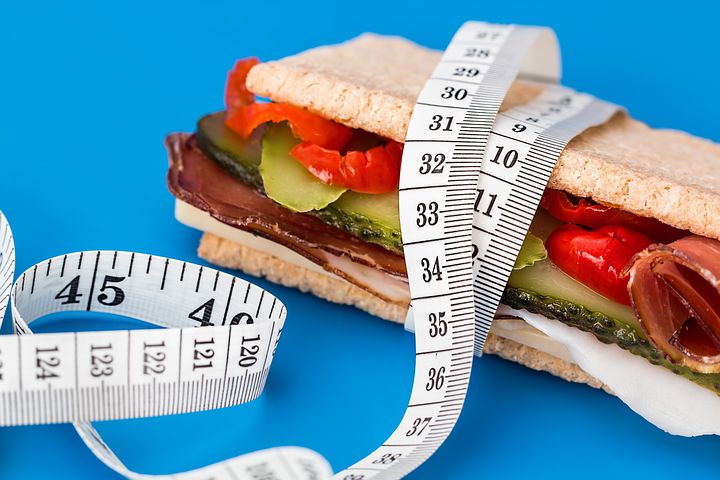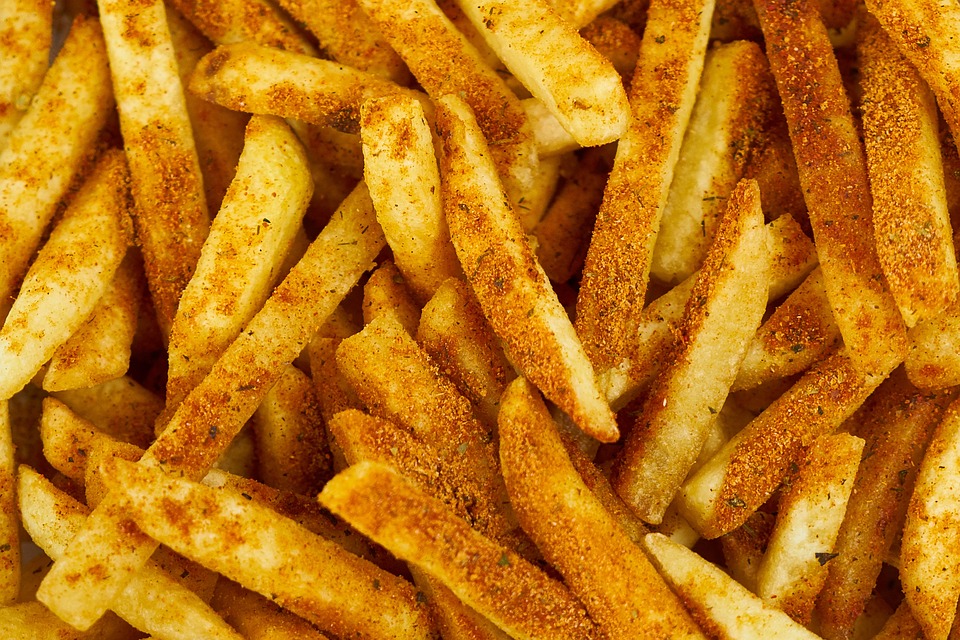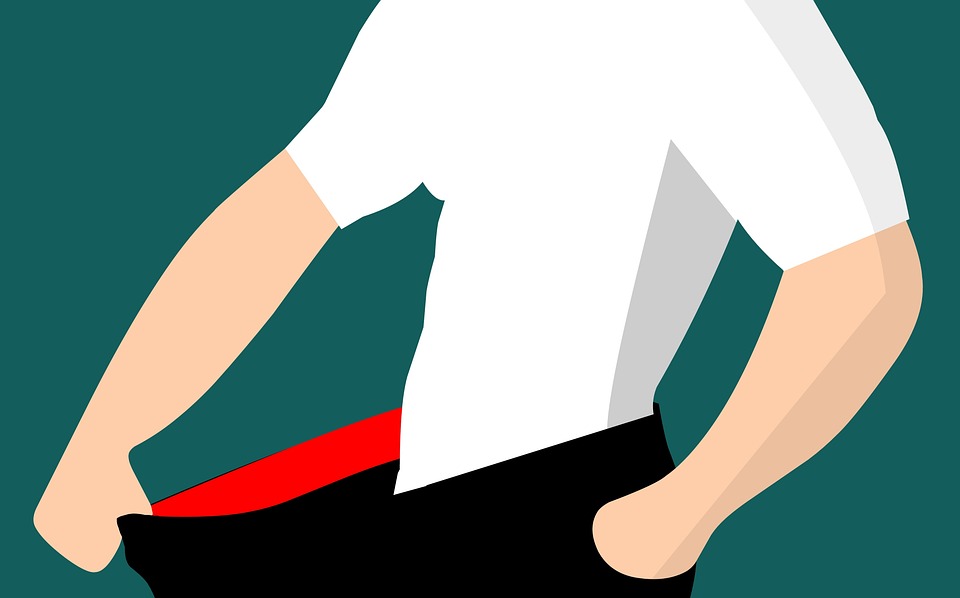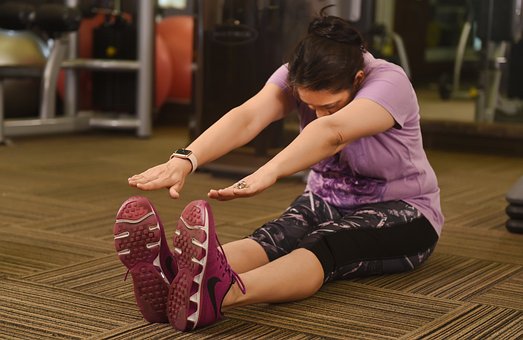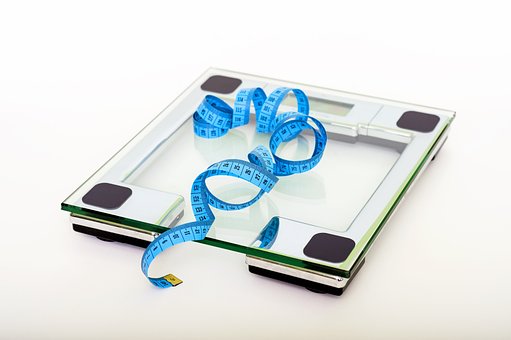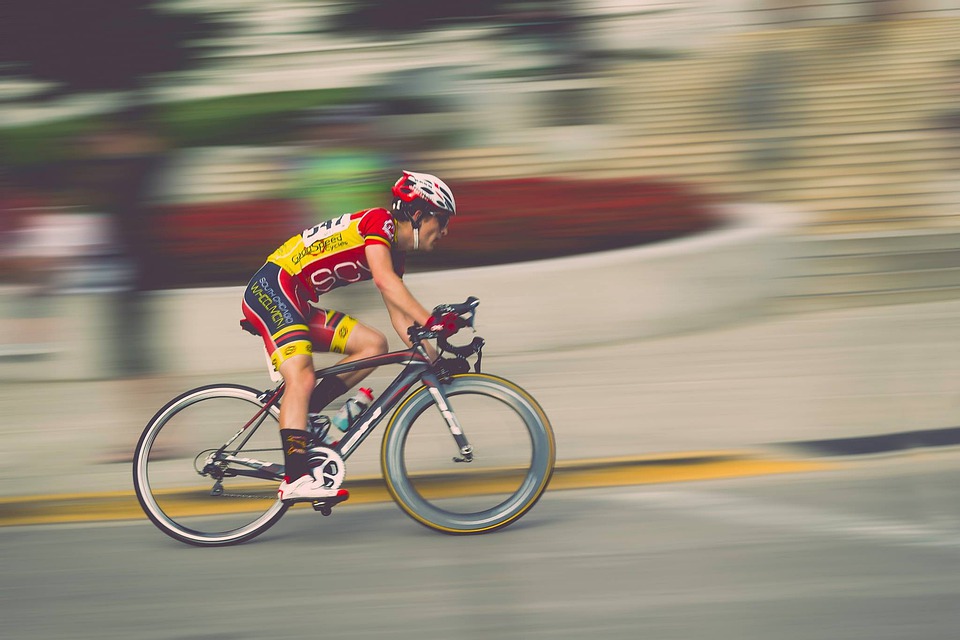
In 2008, it was rumored that Olympic swimmer Michael Phelps consume 12,000 calories a day while training for that year’s Beijing Olympics. He later debunked the statistic in a June 2017 interview with Men’s Health, saying his caloric intake was realistically somewhere between 8,000 and 10,000 per day — but that did nothing to diminish the public’s interest in his eating habits and exactly what fuels the world’s elite athletes when they perform at their best.
The Beijing Olympic Games start this month and everyone is focused on the top athletes competing this year, including Shaun White, Madison Chock, Mia Manganello, and Chloe Kim. People are curious about how these must-watch personalities, as well as previous stars like Simone Biles, Katie Ledecky, Naomi Osaka, and Caeleb Dressel, take care of their bodies to be able to compete for the gold medal.
What Do Olympians Eat?
Here’s a sneak peek at what some of the world’s most elite athletes supposedly eat to help them perform (and feel!) like they’re the best.
Shaun White: Beef Jerky
The snowboarder told The Strategist that his post-workout replenishment comes in the form of a plant-based meal-replacement shake. His go-to brand? Ka’Chava.
Another snack he discovered that works well is beef jerky. “It is the perfect chairlift snack: light, not too messy, and it doesn’t fall apart when I’m riding,” he told The Strategist. “I keep some in my backpack when I skateboard, too.”
Madison Chock: Flaxseed Oatmeal
The figure skater begins her day with fiber, eating a cup of flaxseed oatmeal topped with other nutritious foods. “I like to add dried cranberries, fresh blueberries, and almond slivers,” Chock told Self in February 2018. After getting some fiber, she eats a second breakfast after practice, which is ½ an avocado on Ezekiel bread, a few cubes of her favorite cheese, scrambled egg whites, and a cup of ginger tea with agave.
For dinner, she’ll have “some type of protein, such as fish, chicken, or red meat” along with a side of veggies, according to the publication. “If I’m not too hungry, I will have a salad with avocado, beets, feta cheese, and cucumber,” she told Self.
Simone Biles: A Balanced Diet, From Pizza to Salmon
Biles, one of America’s golden girls of gymnastics and a champion of the importance of mental health, opts for balance and avoids tracking her food and caloric intake. “I eat what I feel good with and try not to overeat or stuff myself because I’m always at the gym,” she told Women’s Health in October 2020. “For gymnasts, in particular, [tracking] can lead to health problems and eating issues, so I just eat what I know I can and should.” The 24-year-old told the women’s magazine that she is as much a fan of carbohydrate-heavy fare like pepperoni pizza and fettuccine Alfredo as she is of salmon and fresh veggies. She also occasionally drinks alcohol, she told the magazine.
Katie Ledecky: Chocolate Milk
In September 2019, Ledecky told PureWow that her diet includes carbs like toast, sandwiches, and berries. She also includes protein-rich foods like chicken and nut butter to help her energy levels. After working out, Ledecky has a snack of chocolate milk, which has the perfect balance of protein and carbs for her body to recover properly.
Chloe Kim: Comfort Food
Snowboarding prodigy Chloe Kim is very vocal about her love of food, and she has no shame in admitting that she loves to eat some pretty unhealthy foods. According to an interview she did with PopSugar, her favorite restaurant is Sugarfish in Los Angeles, but she also loves grabbing a smoothie from Nekter in Colorado. Some of her other favorite comfort foods include ice cream, pizza, and churros. She says that she doesn’t have a “crazy diet” and she just eats whatever she’s craving at the moment.
Naomi Osaka: Green Smoothies
Tennis champion Naomi Osaka has a morning routine that includes a green smoothie with kale, spinach, an electrolyte solution called Bodyarmor Lyte in coconut flavor, and kiwi, as she told PureWow in April 2021. “Before matches, I eat plain pasta with olives or chicken. It’s not too complicated,” she added.
Mia Manganello: Fresh Fruit and Juice
The speed skater revealed that she fuels herself with clean, wholesome meals prior to competition. She revealed that her pre-practice breakfast consists of oatmeal with orange juice; lunch is avocado toast with an egg, and dinner is teriyaki salmon with white rice and sautéed veggies. She also said that she will snack on fruit before her afternoon practice.
Caeleb Dressel: Meatloaf
While Olympic gold medalist Dressel wasn’t sure how many calories he ate per day, he estimated that it was a similar amount to what fellow swimmer Phelps ate. He told USA Today that he grazed throughout the day so that he would never be hungry during practice. After his morning workout, he ate a meal with carbs, protein, fruit, and veggies. For dinner, he ate until he was full. One of his go-to meals? Meatloaf.
Quick Facts…
- Athletes achieve peak performance by training and eating a balanced diet including a variety of foods.
- Carbohydrates and fat provide fuel for the body.
- The use of fat as a fuel source depends on the intensity and duration of the exercise, as well as the condition of the athlete.
- Exercise may increase the athlete’s need for protein.
- Water is a critical nutrient for athletes. Dehydration can cause muscle cramping and fatigue and increases the risk of heat stroke.
- Becoming an elite athlete requires good genes, good training and conditioning, and a sensible diet. Optimal nutrition is essential for peak performance. Nutritional misinformation can do as much harm to the ambitious athlete as good nutrition can help. An individual involved in a general fitness regimen (ex. 30-40 min/day, on most days of the week) can meet their nutritional needs by adhering to a balanced diet. However, athletes involved in a moderate or high-frequency training program will need to increase their intake to meet nutritional requirements.
Carbohydrates
Carbohydrates are one of the things that fuel exercise. When a person is doing moderate exercise, carbohydrates make up 40-50% of what they need energy-wise. As work intensity goes up, so does the need for carbohydrates. Carbohydrates provide more energy than fat does and require less oxygen. This is helpful because oftentimes, a person doesn’t have enough oxygen to do long or high-intensity exercise. Depending on the intensity, duration, and how often someone exercises, they should have 6-10 grams of carbohydrates per kilogram of their body weight each day. This number changes based on things like sex, weight, how much energy they’re using, and the temperature/environment.
Complex carbohydrates are found in foods such as potatoes, beans, vegetables, whole-grain pasta, cereals, and other grain products. Simple carbohydrates are found in foods such as fruits, milk, honey, and sugar. The body breaks down carbohydrates to glucose during digestion, which is then utilized for energy or converted to glycogen and stored in the muscles and liver to fulfill later energy needs.
Fats
Fat provides 9 kcal/g, making it the most energy-dense macronutrient. During ultra-endurance events, lasting 6-10 hours, fat can contribute 60-70% of energy requirements.
Whether or not an athlete uses fat as fuel depends on how long the event is and the athlete’s condition. For example, if the event is moderate and lasts for an hour, half of the athlete’s energy expenditure will come from free fatty acids. If the event lasts longer than an hour, the athlete’s body will use mostly fats for energy. In addition, trained athletes use fat for energy more quickly than untrained athletes.
Protein
Protein contributes very little to the body’s energy needs compared to fat and carbohydrates. Protein is digested into amino acids, which the body uses to build different tissues, enzymes, and hormones. Protein is important for muscle building and repair after exercise.
Unless an athlete is working out frequently, they likely don’t need to increase their intake of protein. The amount of protein they need daily is based on their weight and activity level. For endurance athletes, it is recommended that they eat 1.2-1.4 grams per kg of body weight. For those that do strength training, it is recommended to eat 1.2-1.7 grams per kg of body weight.
Water
Water is an important nutrient for athletes. They can lose water during an event, which varies between individuals. You can track how much water they lose by measuring their weight before and after exercise.
To prevent dehydration, an athlete should drink 5 to 7 mL of fluid per kilogram of body mass about four hours before an event. They should drink chilled water or electrolyte drinks during the event, consuming enough to match how much fluid they are losing through sweat. Chilled fluids are absorbed more quickly and help lower body temperature.
Vitamins
Maintaining adequate levels of vitamins and minerals is important for bodily function, and therefore, athletic performance. However, this need can be easily met by eating a balanced diet including a variety of foods. There is no evidence that taking more vitamins than is obtained by eating a variety of foods will improve performance.
The text is discussing the importance of B vitamins for producing energy, and how milk products can help increase levels of these vitamins.
Minerals
Athletes need to be aware of the importance of minerals in their diet and how it affects their performance. Sodium, potassium, iron, and calcium all play a role in how the body functions during exercise. Sodium is lost through sweat and it is important to replace it with fluids, either through sports drinks or water. A high-sodium diet is not recommended for athletes.
Why Olympic Athletes Make the Diet Choices They Do
The goal is to fuel up so you can perform better. Kacie Vavrek, RD, a sports dietitian at the Ohio State University Wexner Medical Center in Columbus says that the amount of energy an athlete needs depends on the sport they play. “It can range from around 2,000 calories per day for a shorter-duration sport, such as for a sprinter or high-jumper, and up to 10,000 calories per day or more for a higher-demand sport such as swimming.”
Many Olympians don’t have to worry about counting calories because they have rigorous training schedules that allow them to be mindful of their hunger and satiety cues, according to Siera Holley, RDN, at the Ohio State University Wexner Medical Center. While most of their diets consist of nutrient-dense foods, they create balance by still enjoying foods like pizza and alcohol on occasion, too.
An Olympic diet is generally a healthy diet that contains a combination of carbohydrates, protein, and omega-3 fats. This type of diet can help with energy, building lean body mass, and stabilizing blood sugar levels.

